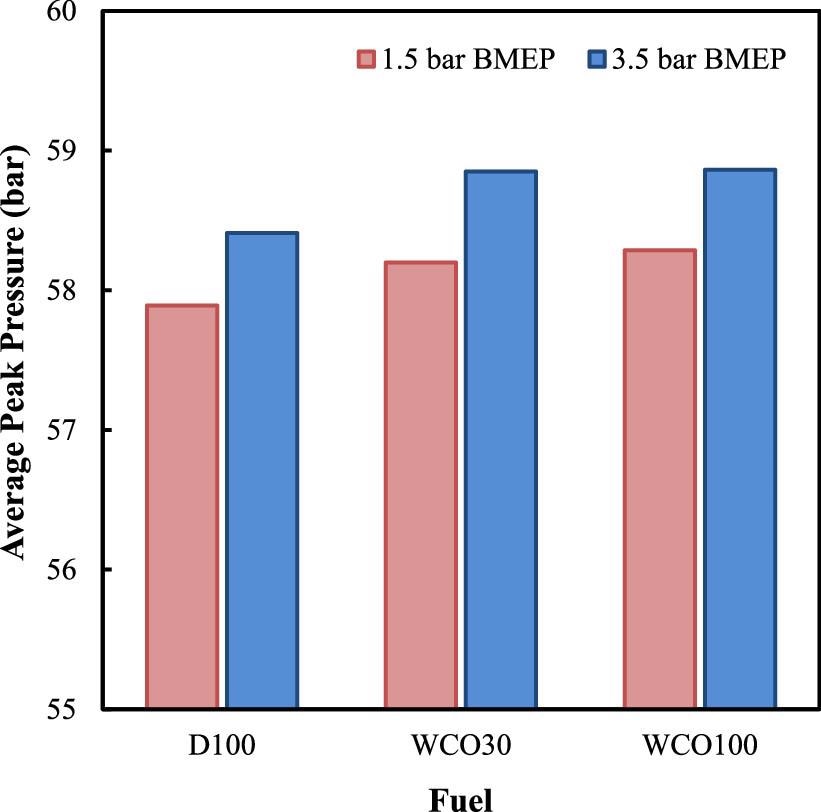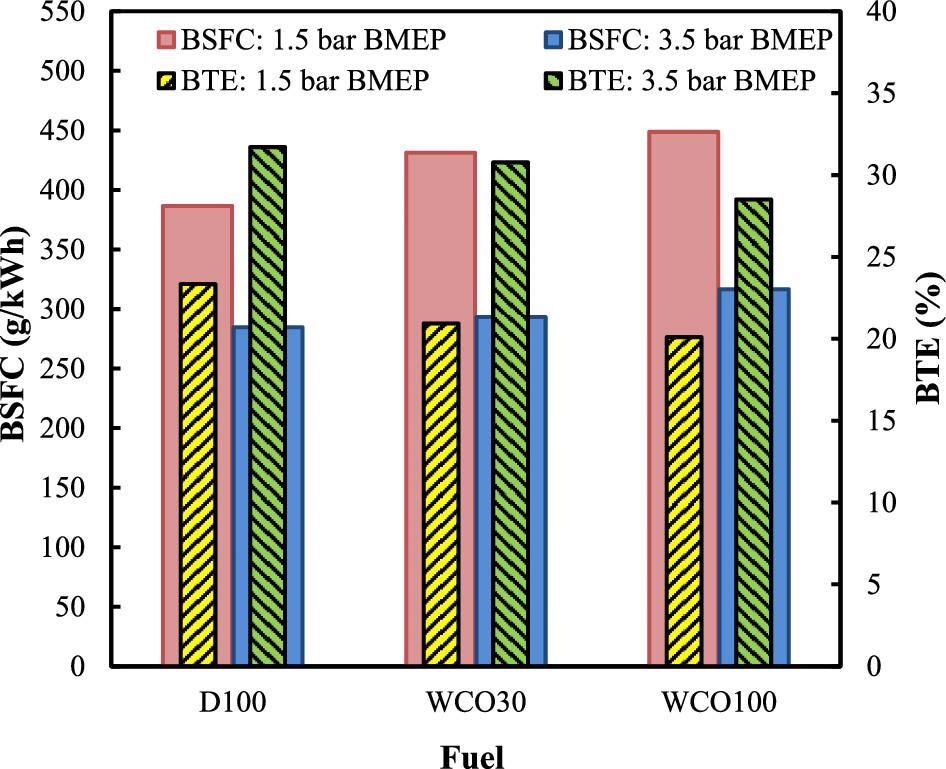An article published in the journal ACS Omega compares the particulate matter (PM) content and associated emission levels in the burning activity of a diesel engine operating on waste cooking oil (WCO) based fuels (WCO30 and WCO100) to the D100 oil.

Study: Nanoparticle Components and Number–Size Distribution of Waste Cooking Oil-Based Biodiesel Exhaust Gas from a Diesel Particulate Filter-Equipped Engine. Image Credit: ben bryant/Shutterstock.com
Why Waste Cooking Oil
The input cost has been stated to be the most significant obstacle in regular batch biofuel manufacturing since food-level pure vegetable oil is usually utilized.
Using inexpensive raw ingredients for manufacturing, such as different forms of waste oil, may help minimize the expenses of biofuel. This waste cooking oil (WCO) has the potential to lower manufacturing costs by up to 70%, is both cost-effective and contributes to the solution of the issue of removing used oil.
Nonetheless, for use in internal combustion powerplants, a wide range of WCO biofuels from varied sources must be considered. More complex manufacturing procedures and biodiesel compliance for road diesel cars must also be established.
Figure 1. Average peak pressure. © Dangsunthonchai, M., Visuwan, P., Komintarachat, C., Theinnoi, K., & Chuepeng, S. (2022).
Emission Regulations
A diesel particulate filter (DPF) has been created and integrated with other essential post-treatment solutions to meet increasingly rigorous global PM pollution regulations.
The Euro VI emission regulation for lightweight commercial automobiles decreases particulate mass and particle number (PN) release for internal combustion engines in specific classes that went into effect.
Managing fuel PN and PM discharge is a problem that necessitates specific solutions in the fuel, engine, and post-treatment areas.
Research Methodology
The purpose of this research is to look into the influence of WCO biofuel mix (WCO30) burning in a diesel engine with a wall type DPF on PM constituents and nanoparticles numeral distribution.
The powerplant was tested with pure diesel (D100) and biofuel (WCO100) under medium and low loads at a steady value of 2500 rpm.
Performance characteristics with respect to particular fuel usage and heating efficiency, along with parameters such as ignition lag, duration of burning, and maximum pressure in the cylinder, were investigated first since these are the sources of exhaust gas discharges.
In parallel, the PM mass, number, and smoke thickness were studied. The specifics of the PM constituents, as well as the nanoparticle numeral distribution, were examined.

Figure 2. Brake thermal efficiency and brake-specific fuel consumption (BSFC). © Dangsunthonchai, M., Visuwan, P., Komintarachat, C., Theinnoi, K., & Chuepeng, S. (2022).
Important Findings of the Study
In comparison with the combustion of D100, the WCO biofuel fraction introduced to D100 and neat WCO biofuel reduced the ignition lag and enhanced the peak pressure values. Because of the specific energy of the fuel, the brake specific fuel consumption (BSFC) for WCO100 was greater than for WCO30 and D100. As a consequence, the thermal brake efficiency (BTE) for WCO100 was lower than for D100, with WCO30 in the middle.
Exhaust discharges of hydrocarbons and particulate matter were observed to be decreased under all loads evaluated for the engine operating on fuel incorporating WCO biofuel.
The oxygen level of biofuel in the fuel leads to enhanced fuel oxidation at elevated burning temperatures, resulting in greater nitric oxide concentrations from burning of WCO100 and WCO30. The oxygen in the biofuel increased the combustion period, allowing for more time for NO generation.
For all fuel types, the examination of the PN concentration along the range of equivalent particle diameter clearly demonstrated nucleation and aggregation modes on the logarithmic normal scale.
Under all load circumstances, the PN concentration and size decreased as the WCO biofuel mix ratio rose. After passing through the DPF, the PM amount and number of emissions decreased, although the particle size rose marginally.
During the exhaust flow through the DPF, particle development was detected through condensation and coagulation.

Figure 3. PN–size distribution at 1.5 bar BMEP, engine-out and with-DPF conditions. © Dangsunthonchai, M., Visuwan, P., Komintarachat, C., Theinnoi, K., & Chuepeng, S. (2022).
Formulation and tuning of DPF catalysts that complement the production of innovative alternate fuels are critical based on the burning and emission properties, as well as the PM and PN properties of the WCO biofuel. This should be done in tandem with improved engine control methods and other exhaust gas after-treatment systems to comply with increasingly rigorous emission standards.
Continue reading: How can Nanotechnology Reduce Emissions and Increase Efficiency in Diesel Engines?
Reference
Dangsunthonchai, M., Visuwan, P., Komintarachat, C., Theinnoi, K., & Chuepeng, S. (2022). Nanoparticle Components and Number–Size Distribution of Waste Cooking Oil-Based Biodiesel Exhaust Gas from a Diesel Particulate Filter-Equipped Engine. ACS Omega. Available at: https://doi.org/10.1021/acsomega.1c05627
Disclaimer: The views expressed here are those of the author expressed in their private capacity and do not necessarily represent the views of AZoM.com Limited T/A AZoNetwork the owner and operator of this website. This disclaimer forms part of the Terms and conditions of use of this website.